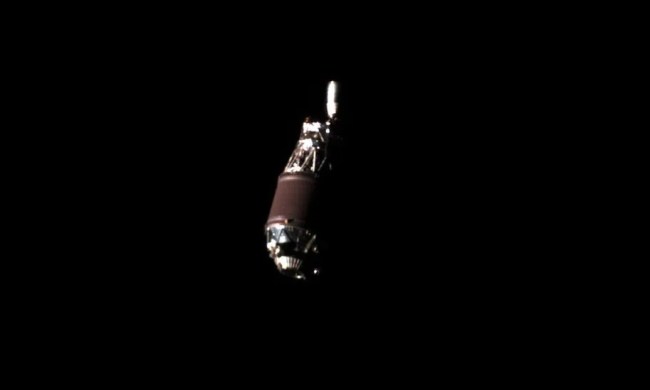Debris from a Chinese rocket has made an uncontrolled re-entry into Earth’s atmosphere over Southeast Asia. Most of the wreckage would have burned up in the atmosphere as it fell to Earth and there are no reports of injuries caused by the debris, but the incident has been condemned by space officials including NASA Administrator Bill Nelson.
“The People’s Republic of China (PRC) did not share specific trajectory information as their Long March 5B rocket fell back to Earth,” Nelson said in a statement. “All spacefaring nations should follow established best practices, and do their part to share this type of information in advance to allow reliable predictions of potential debris impact risk, especially for heavy-lift vehicles, like the Long March 5B, which carry a significant risk of loss of life and property. Doing so is critical to the responsible use of space and to ensure the safety of people here on Earth.”
The debris was from a Long March 5B rocket which was used to launch a module to China’s new space station on Sunday, July 24. The first stage of this rocket entered the atmosphere on Saturday, July 30, SpaceNews reported.
Reentry looks to have been observed from Kuching in Sarawak, Malaysia. Debris would land downrange in northern Borneo, possbily Brunei. [corrected] https://t.co/sX6m1XMYoO
— Jonathan McDowell (@planet4589) July 30, 2022
This is not the first time that debris from a Chinese mission has made an uncontrolled reentry. A similar incident happened in May last year when debris from another Long March rocket fell into the Indian Ocean.
Typically, a rocket will use its first stage, or booster, to provide fuel to take the rocket up through Earth’s atmosphere. This first stage will be jettisoned before the rocket reaches orbit and return to Earth in a predictable manner — or, in the case of SpaceX’s reusable Falcon 9 boosters, be caught and used again. The second stage of the rocket will then continue into orbit.
In the case of the Chinese Long March rockets this weekend and last May, both the first and second stages entered orbit. The first stage then fell back to Earth in an unpredictable manner called an uncontrolled reentry. This is more dangerous and it is impossible to predict where the debris will fall and whether it might threaten people or infrastructure.
There is increasing public pressure on spacefaring nations to take responsibility for the debris they cause and to ensure that it does not pose a threat to anyone.



